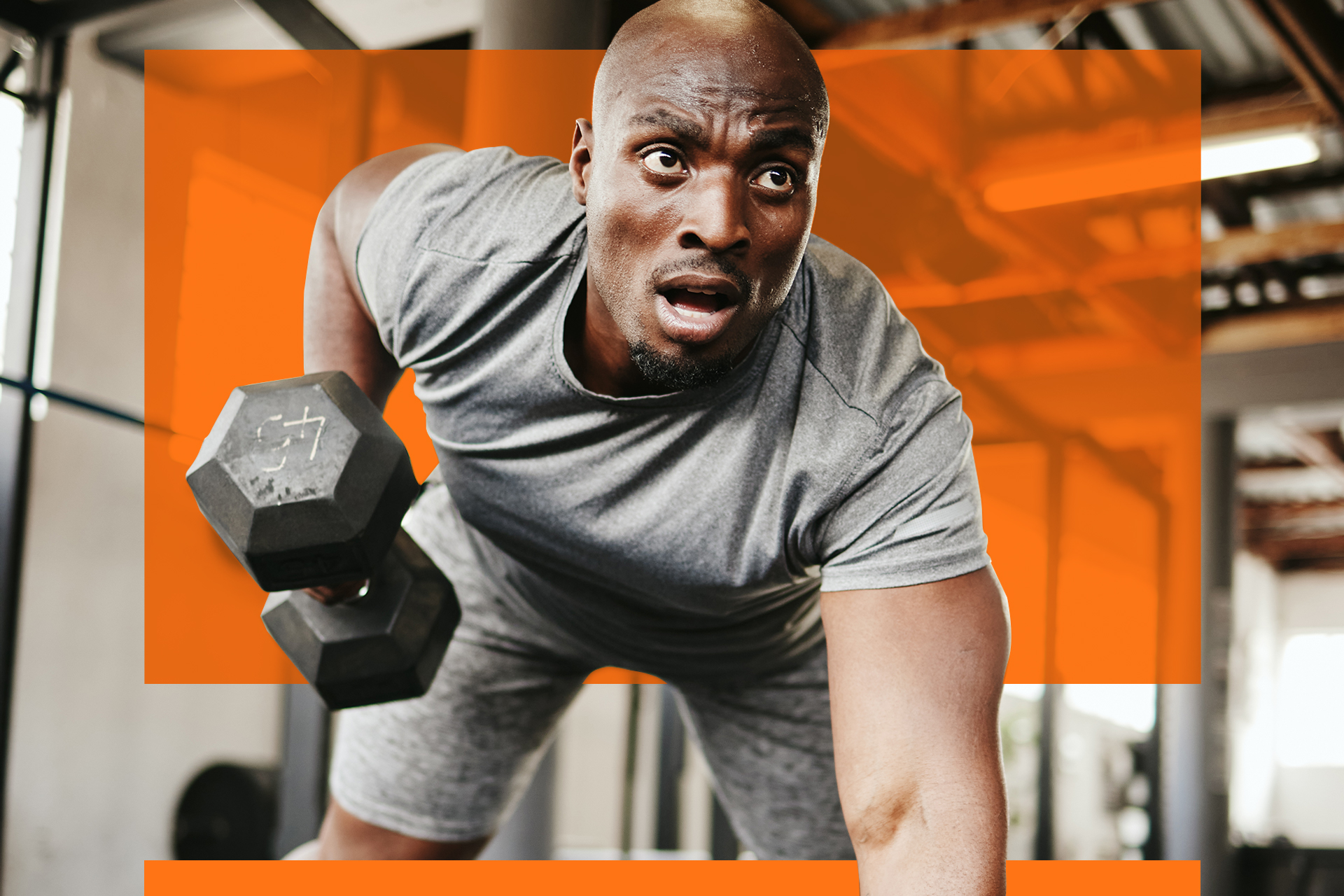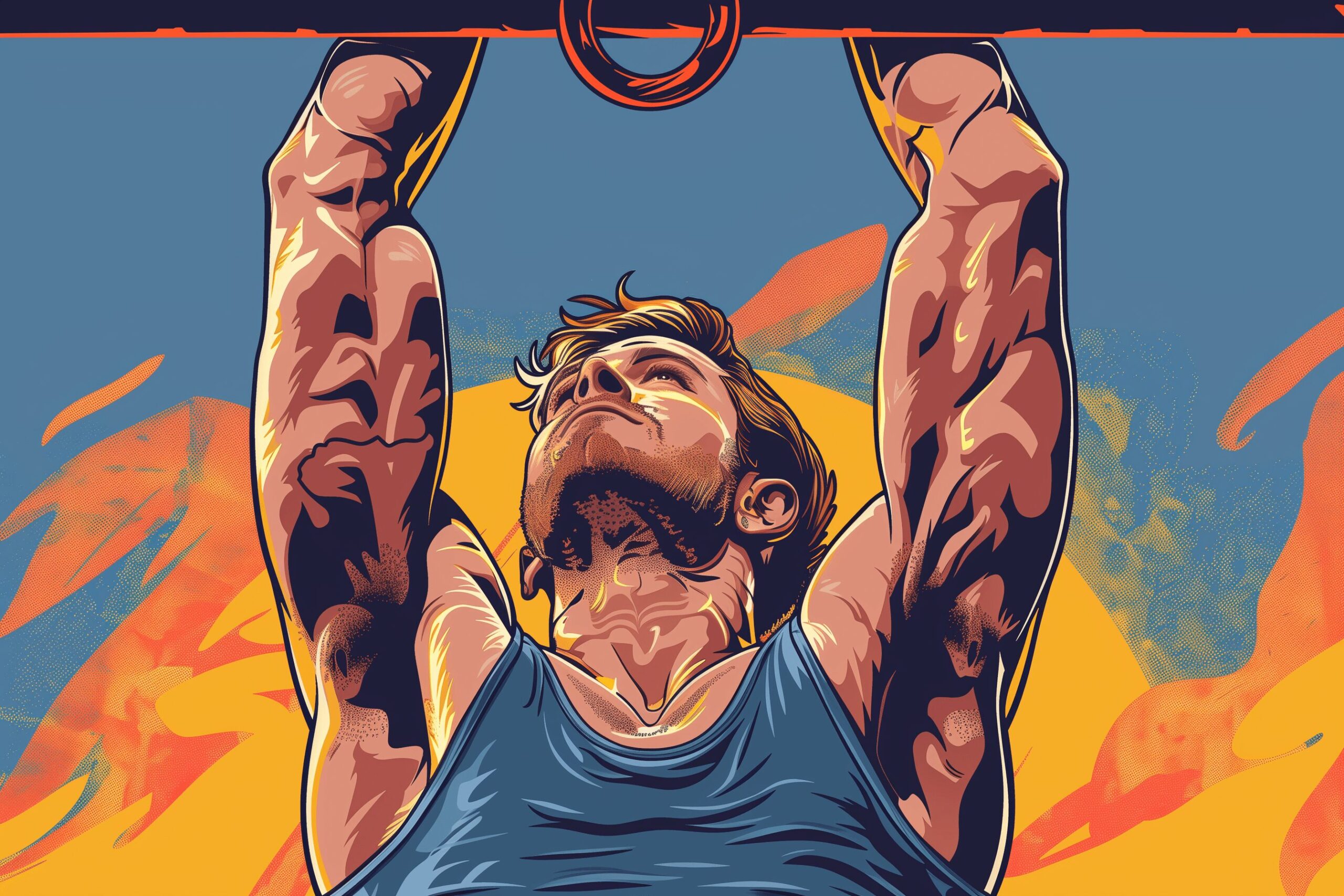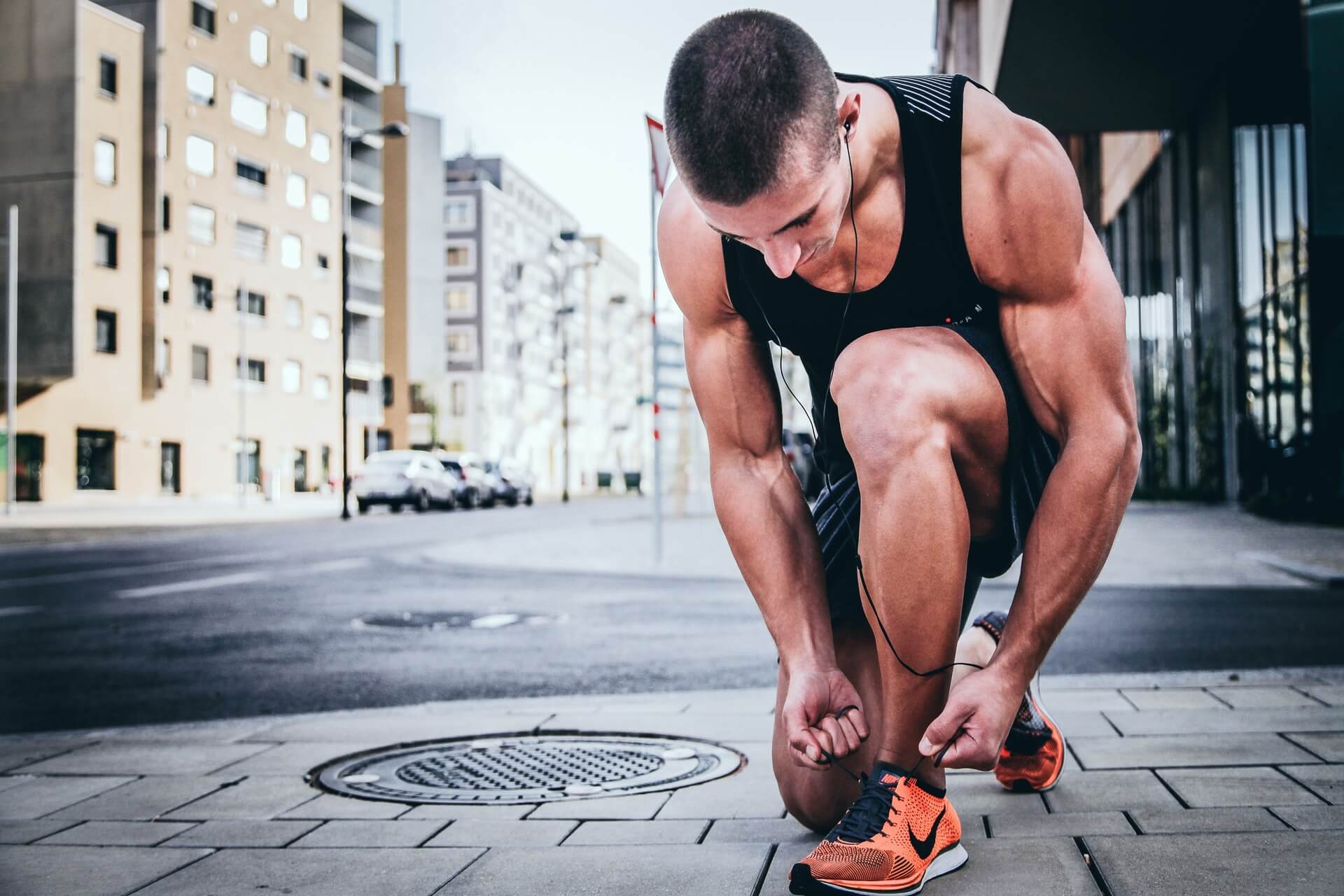5 Tips to Create the Perfect Calisthenics Workout
Mar 02, 2022

As an Amazon Associate, Modded gets commissions for purchases made through links in this post.
Calisthenics was a popular workout method before the introduction of free weights and advanced gym machines. The fitness community forgot about it and played with its new toys for a while. However, calisthenics has made a resurgence in the last few years because COVID-19 has restricted access to gyms. Here’s everything you need to know about creating a challenging calisthenics workout.
What is a Calisthenics Workout?
Calisthenics is strictly a bodyweight workout style. Participants use basic equipment and the environment around them to perform functional movements. These are the most well-known exercises:
- Push-ups
- Pull-ups/Chin-ups
- Sit-ups
- Dips
- Hanging leg raises
- Jump rope
- Burpees
- Planks
- Air squats
- Lunges
As you can see, you don’t need much equipment to create a comprehensive workout. A simple home pull-up bar, a jump rope and a stable flat surface are all you need. This factor makes calisthenics the go-to workout method for people who want to get in shape from home.
What are the Benefits of Calisthenics?
Although it has a limited variety of exercises, calisthenics has several impressive benefits:
- Improves your functional strength (pulling, pushing, jumping)
- Works multiple muscle groups at once
- Translates strength and stability to heavy gym exercises like the bench press
- Creates a balanced physique
- Improves coordination
- Affordable and time-effective
With most gym exercises, your strong points often compensate for your weak points. For example, most people have a “strong side” and a “weak side.” The strong side usually does more work in compound movements like the squat and deadlift. Calisthenics forces your entire body to work equally, leveling out the imbalances and creating a more well-rounded physique.
The strength gained from calisthenics also proves helpful in our daily lives. Calisthenics enthusiasts are more familiar with functional movements like pulling, pushing, jumping and activating their entire cores than the average person.
Create Your Calisthenics Workout Routine
Since the exercises are limited, creating a calisthenics routine is relatively straightforward. If you want to find the right routine for your experience and body type, just follow the steps below.
1. Evaluate Your Fitness Level
Start by doing an honest evaluation of your fitness level. Perform the previously mentioned exercises and count your reps/time. The results might surprise you. People with low body weights and no fitness experience often perform more pull-ups than expected.
You should primarily focus on forearm strength. If you find your grip slipping before your back gets tired, try some different grip variations and pick the most comfortable option.
2. Choose the Best Exercises for Your Goals
Determine what you want from your workout routine. Do you want to lose or gain weight? Are you trying to grow a specific muscle group? Do you simply want to get stronger? Answering these questions will help you pick the best exercises.
As a general rule, push-ups and pull-ups should serve as the foundation for your routine. When performed correctly, these exercises alone can encompass a full-body workout.
Pull-ups train the following pull muscles:
- Trapezius (traps)
- Latissimus dorsi (lats)
- Rhomboids
- Teres major
- Rear deltoid
- Biceps
- Forearms
Push-ups train these muscles:
- Pectoralis major (pecs)
- Anterior deltoid
- Lateral deltoid
- Triceps
- Forearms
Other exercises serve a more specific purpose. For example, sit-ups largely isolate the upper abdominal muscles, while hanging leg raises hit the lower abs. Burpees and jump rope help build endurance, while planks work on stability. Determine what you want to improve and choose your exercises accordingly.
3. Take Things Slowly
Many fitness beginners believe that performing an exercise fast leads to progress. This mistake is prevalent in calisthenics because you can use your body’s momentum to cheat on most exercises.
Take every exercise slowly. Control the negative part of the movement and explode into the positive. If you don’t know what negative and positive movement mean, here’s a quick overview:
- Negative: the first stage of the exercise that loads tension onto the targeted muscle. For pull-ups, the negative is when you lower yourself to the ground. Some also call this part the “eccentric” portion of the movement.
- Positive: the second stage of the exercise causes the muscle to contract, and thus move the weight. You perform the positive or “concentric” movement when you flex your back and arm muscles, pulling yourself up towards the bar.
Control is vital to the success of your calisthenics workout, especially with the core exercises. To build strength and prevent injury, you must have full control over every repetition. Even if you can only do one complete rep, make that rep as perfect as you can.
4. Focus on Your Breathing
If you’re familiar with social media’s fitness scene, you might have seen or heard about calisthenics professionals who perform impressive feats of core strength. Walking handstands, one-armed hanging leg raises and their other tricks boil down to one essential element: breathing.
You must focus on your breathing throughout your calisthenics workout to get the best results.
- Take a deep breath during the negative portion of the rep.
- Hold your breath at the end of the negative.
- Exhale as you explode through the positive.
For exercises based on time instead of reps, like jump rope or planks, your breathing looks a little different. Take slow, deep breaths in a steady rhythm throughout the exercise to keep your body stable and prevent blood from rushing to your head.
5. Engage in Progressive Overload
As with any exercise routine, you must find quantifiable ways to track your progress and make steady improvements. This task is called “progressive overload”. You can accomplish progressive overload in the following ways:
- Reduce the rest time between sets
- Increase reps
- Add more weight
- Use better form
- Increase how often you train a specific muscle group
If you’re wondering how to add weight to bodyweight exercises, you can try several creative methods:
- Buy a lifting belt and attach dumbbells to it with a chain.
- Buy a sandbag and add/take out sand accordingly.
- Hold a dumbbell between your feet.
- Fill a backpack with books or other heavy items and strap it to your chest or back.
Start the Next Chapter of Your Fitness Journey
Whether you’re an expert or a beginner, calisthenics is a challenging exercise style that will push your body to the limit. A new calisthenics routine can start the next chapter of your fitness journey and might be the answer to your long-term goals. Don’t waste any more time – make a workout plan and give it a try today!





